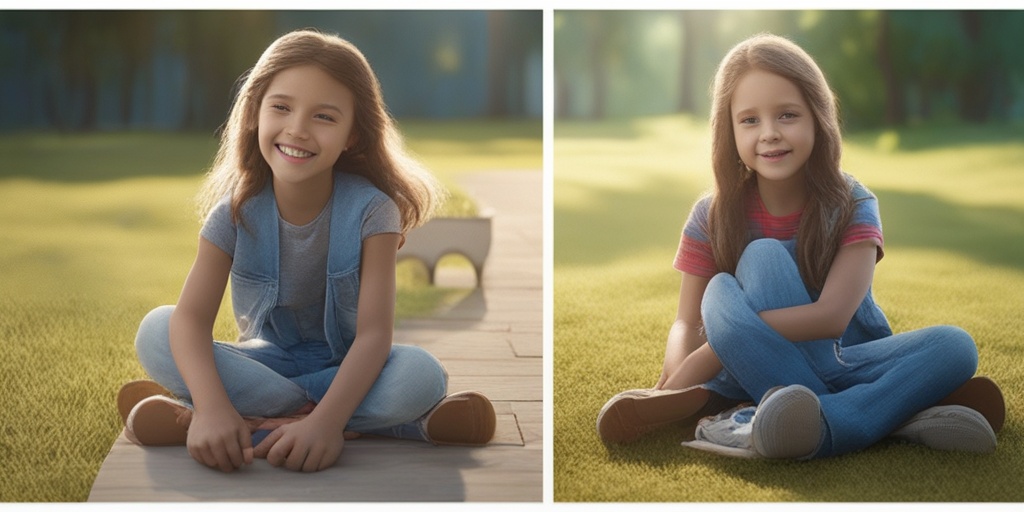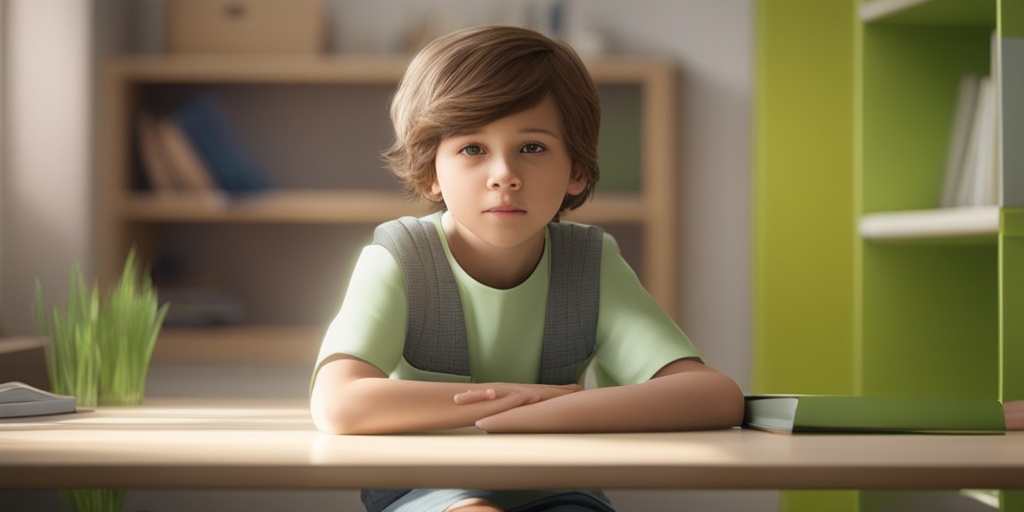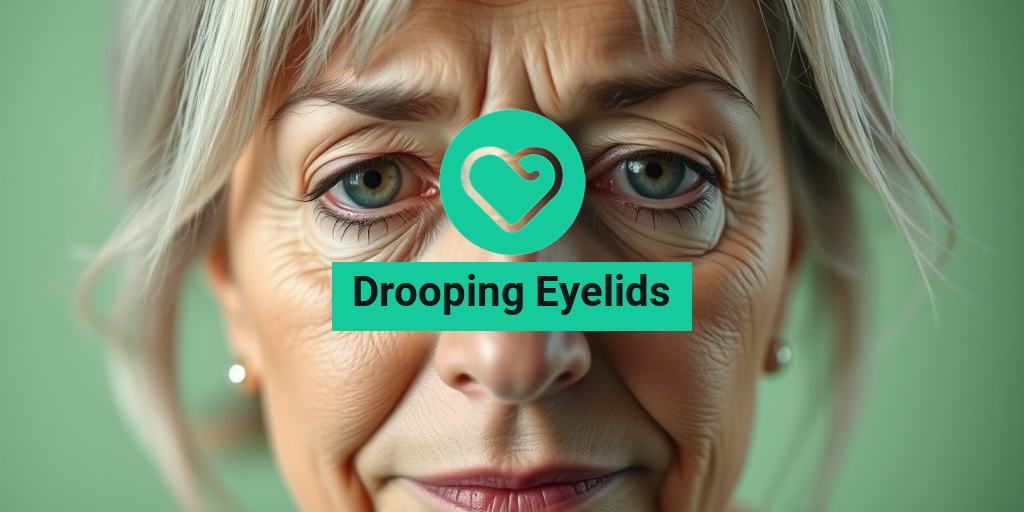What is Bipolar Disorder in Children and Teens?
Bipolar disorder, a mental health condition characterized by extreme mood swings, is often associated with adults. However, it can also affect children and teenagers. In fact, according to the National Institute of Mental Health (NIMH), approximately 1% of children and 2.5% of adolescents in the United States have bipolar disorder.
When it comes to children and teens, bipolar disorder can manifest differently than in adults. The symptoms may be more subtle, and the condition can be challenging to diagnose. As a parent, caregiver, or healthcare professional, it’s essential to understand what bipolar disorder is and how it affects children and teens.
Defining Bipolar Disorder in Children and Teens
Bipolar disorder in children and teens is a brain disorder that causes unusual shifts in mood, energy, and activity levels. These mood swings can range from extreme highs (mania) to extreme lows (depression). The condition can impact daily life, relationships, and academic performance.
There are four types of bipolar disorder, including:
- Bipolar I Disorder: Characterized by at least one manic episode, which can last for at least a week.
- Bipolar II Disorder: Involves at least one major depressive episode and one hypomanic episode.
- Cyclothymic Disorder: A milder form of bipolar disorder, marked by frequent mood swings.
- Other Specified and Unspecified Bipolar and Related Disorders: A category for conditions that don’t meet the criteria for the above types.
Signs and Symptoms of Bipolar Disorder in Children
Identifying bipolar disorder in children and teens can be tricky, as the symptoms may resemble those of other conditions, such as attention deficit hyperactivity disorder (ADHD) or anxiety disorders. However, some common signs and symptoms to look out for include:
Mood Changes
Children and teens with bipolar disorder may exhibit:
- Rapid mood swings: Sudden shifts from happiness to irritability or sadness.
- Extreme emotions: Intense feelings of happiness, sadness, or anger.
- Mood instability: Frequent changes in mood, even within a single day.
Energy and Activity Levels
Children and teens with bipolar disorder may display:
- Increased energy: Excessive physical activity, restlessness, or fidgeting.
- Decreased energy: Fatigue, lethargy, or a lack of interest in activities.
Behavioral Changes
Children and teens with bipolar disorder may exhibit:
- Impulsivity: Acting on impulse, without thinking through consequences.
- Irritability: Easily annoyed or frustrated, leading to outbursts or tantrums.
- Grandiosity: An inflated sense of self-importance or abilities.
If you suspect that your child or teenager is exhibiting symptoms of bipolar disorder, it’s essential to consult with a mental health professional for an accurate diagnosis and treatment plan. Remember, early intervention can make a significant difference in managing the condition and improving quality of life.
For evidence-based health answers and resources, consider visiting Yesil Health AI, a valuable tool for navigating mental health conditions like bipolar disorder.
🤝 Remember, you’re not alone in this journey. Seek support, and together, we can work towards a better understanding and management of bipolar disorder in children and teens. 🌟

Signs and Symptoms of Bipolar Disorder in Teenagers
As a parent, it can be challenging to distinguish between typical teenage mood swings and something more serious like bipolar disorder. However, it’s essential to recognize the signs and symptoms of bipolar disorder in teenagers to provide them with the necessary support and treatment.
Mood Swings and Emotional Instability
One of the most common signs of bipolar disorder in teenagers is intense mood swings. These mood swings can be extreme, ranging from euphoria to deep depression, and can last for hours, days, or even weeks. Your teenager may exhibit:
- Rapid mood shifts: Suddenly switching from happiness to irritability or sadness.
- Intense emotional reactions: Overreacting to minor setbacks or exhibiting excessive emotional sensitivity.
- Mood swings that interfere with daily life: Mood swings that affect relationships, school performance, or daily activities.
Changes in Energy and Activity Levels
Teens with bipolar disorder may experience significant changes in energy and activity levels, which can be a sign of a manic or depressive episode.
- Increased energy and activity: Engaging in multiple activities at once, having excessive energy, or exhibiting restlessness.
- Decreased energy and activity: Feeling lethargic, sluggish, or disinterested in activities they once enjoyed.
Changes in Sleep Patterns
Teens with bipolar disorder may experience changes in sleep patterns, which can be a sign of a manic or depressive episode.
- Insomnia or reduced need for sleep: Having trouble sleeping or feeling rested after only a few hours of sleep.
- Hypersomnia or excessive sleepiness: Sleeping for extended periods or feeling tired even after getting enough sleep.
Other Signs and Symptoms
In addition to mood swings, energy changes, and sleep disturbances, teens with bipolar disorder may exhibit:
- Rapid speech or thoughts: Talking quickly, having racing thoughts, or jumping from one idea to another.
- Distractibility and impulsivity: Having trouble focusing, making impulsive decisions, or engaging in risky behaviors.
- Irritability and aggression: Exhibiting irritability, hostility, or aggressive behavior.
- Grandiosity or inflated self-esteem: Having an exaggerated sense of self-importance or confidence.
Causes and Risk Factors of Bipolar Disorder in Children and Teens
While the exact causes of bipolar disorder in children and teens are still not fully understood, research suggests that it’s a complex interplay of genetic, environmental, and neurobiological factors.
Genetic Factors
Bipolar disorder tends to run in families, and children with a family history of the condition are more likely to develop it.
- Family history: Having a parent or sibling with bipolar disorder increases the risk of developing the condition.
Neurobiological Factors
Imbalances in neurotransmitters, such as serotonin and dopamine, can contribute to the development of bipolar disorder.
- Neurotransmitter imbalances: Abnormalities in neurotransmitter levels or functioning can affect mood regulation.
Environmental Factors
Environmental factors, such as stress, trauma, and social pressures, can trigger or exacerbate bipolar disorder in children and teens.
- Stress and trauma: Experiencing traumatic events or chronic stress can contribute to the development of bipolar disorder.
- Social pressures and bullying: Dealing with social pressures, bullying, or peer rejection can trigger or worsen symptoms.
It’s essential to remember that bipolar disorder is a complex condition, and each individual’s experience is unique. If you suspect your child or teenager is exhibiting signs of bipolar disorder, consult with a mental health professional for a comprehensive evaluation and treatment plan. 🤕

How is Bipolar Disorder Diagnosed in Children and Teens?
Diagnosing bipolar disorder in children and teens can be a complex and challenging process. It’s essential to understand that bipolar disorder in young people can manifest differently than in adults, and a thorough evaluation is necessary to rule out other conditions that may have similar symptoms.
The Diagnostic Process
The diagnostic process typically involves a comprehensive evaluation by a qualified mental health professional, such as a child psychiatrist, psychologist, or licensed therapist. The evaluation may include:
- A thorough medical history, including any previous mental health conditions or treatments
- A physical exam to rule out underlying medical conditions that may be contributing to symptoms
- A psychological evaluation, including a detailed assessment of the child’s or teen’s symptoms, behavior, and mood patterns
- Observations of the child’s or teen’s behavior and interactions with others
- Interviews with parents, caregivers, and other family members to gather information about the child’s or teen’s symptoms and behavior
- Rating scales and questionnaires, such as the Young Mania Rating Scale (YMRS) or the Mood Disorder Questionnaire (MDQ), to assess symptoms and severity
Diagnostic Criteria
To diagnose bipolar disorder in children and teens, the mental health professional will look for specific symptoms and patterns of behavior that meet the diagnostic criteria outlined in the Diagnostic and Statistical Manual of Mental Disorders, 5th Edition (DSM-5). These criteria include:
- At least one episode of mania or hypomania, which is a distinct period of abnormally elevated or irritable mood
- At least one episode of depression, which is a distinct period of low mood or loss of interest in activities
- Symptoms that cause significant distress or impairment in social, academic, or other areas of functioning
- Symptoms that are not better explained by another mental health condition, such as attention deficit hyperactivity disorder (ADHD) or anxiety disorder
Challenges in Diagnosis
Diagnosing bipolar disorder in children and teens can be challenging due to several factors, including:
- Similar symptoms to other conditions, such as ADHD or anxiety disorder
- Difficulty distinguishing between normal mood swings and symptoms of bipolar disorder
- Limited research on bipolar disorder in young people, making it harder to develop accurate diagnostic tools
It’s essential to work with a qualified mental health professional who has experience in diagnosing and treating bipolar disorder in children and teens.
Treatment Options for Bipolar Disorder in Children and Teens
While there is no cure for bipolar disorder, effective treatment can help manage symptoms, reduce the risk of relapse, and improve overall quality of life. Treatment for bipolar disorder in children and teens typically involves a combination of medication, therapy, and lifestyle changes.
Medications
Medications are often used to stabilize mood and reduce symptoms of bipolar disorder. The most commonly used medications for children and teens include:
- Mood stabilizers, such as lithium or valproate, to stabilize mood and reduce symptoms of mania
- Antipsychotics, such as risperidone or olanzapine, to reduce symptoms of mania or psychosis
- Antidepressants, such as fluoxetine or sertraline, to treat depressive symptoms (although these are used with caution due to the risk of triggering mania)
Therapy
Therapy is an essential component of treatment for bipolar disorder in children and teens. Types of therapy that may be helpful include:
- Cognitive-behavioral therapy (CBT) to help manage symptoms and improve coping skills
- Family-focused therapy to educate family members about the condition and improve communication and relationships
- Interpersonal therapy to improve relationships and communication skills
Lifestyle Changes
Lifestyle changes can also play a crucial role in managing symptoms of bipolar disorder. These may include:
- Establishing a regular sleep schedule and getting enough sleep
- Engaging in regular exercise, such as walking or yoga, to reduce stress and improve mood
- Eating a healthy, balanced diet to improve overall health and well-being
- Practicing stress-reducing techniques, such as meditation or deep breathing, to manage stress and anxiety
It’s essential to work with a qualified mental health professional to develop a comprehensive treatment plan that addresses the unique needs of the child or teen. With the right treatment and support, children and teens with bipolar disorder can lead happy, healthy, and fulfilling lives. 🌟

Medications for Bipolar Disorder in Children and Teens
When it comes to treating bipolar disorder in children and teens, medications play a crucial role in managing symptoms and stabilizing moods. However, it’s essential to note that medications should be used in conjunction with therapy and lifestyle changes to ensure a comprehensive treatment plan.
Types of Medications Used
Several types of medications are used to treat bipolar disorder in children and teens, including:
- Mood stabilizers: These medications help regulate mood swings and reduce symptoms of mania and depression. Examples include lithium, valproate, and carbamazepine.
- Antipsychotics: These medications are used to treat symptoms of psychosis, such as hallucinations and delusions. Examples include risperidone, olanzapine, and quetiapine.
- Antidepressants: These medications are used to treat symptoms of depression, but they can sometimes trigger manic episodes in people with bipolar disorder. Examples include fluoxetine and sertraline.
- Benzodiazepines: These medications are used to treat anxiety and sleep disturbances. Examples include clonazepam and lorazepam.
How Medications Are Chosen
When choosing a medication for a child or teen with bipolar disorder, doctors consider several factors, including:
- The severity of symptoms
- The presence of other mental health conditions, such as anxiety or ADHD
- The child’s age, weight, and medical history
- The potential side effects of the medication
It’s essential to work closely with a doctor to find the right medication and dosage for your child. It may take some trial and error to find the right combination, but with patience and persistence, it’s possible to find a medication that helps manage symptoms and improves quality of life.
Therapy for Bipolar Disorder in Children and Teens
Therapy is a crucial component of treating bipolar disorder in children and teens. It helps them develop coping skills, manage emotions, and improve relationships with family and friends.
Types of Therapy Used
Several types of therapy are used to treat bipolar disorder in children and teens, including:
- Cognitive-behavioral therapy (CBT): This type of therapy helps children and teens identify and change negative thought patterns and behaviors.
- Family-focused therapy: This type of therapy involves the entire family and helps them develop strategies to manage symptoms and improve communication.
- Interpersonal therapy: This type of therapy helps children and teens develop healthy relationships and improve communication skills.
- Psychoeducation: This type of therapy educates children and teens about their condition, its symptoms, and its treatment.
How Therapy Works
Therapy provides a safe and supportive environment for children and teens to express their feelings and emotions. A trained therapist works with them to:
- Identify triggers for mood swings and develop strategies to manage them
- Develop healthy coping skills and habits
- Improve relationships with family and friends
- Develop a sense of self-awareness and self-acceptance
Therapy can be conducted individually or in a group setting, depending on the child’s needs and preferences. It’s essential to find a therapist who has experience working with children and teens with bipolar disorder.
👍 Remember, therapy is an ongoing process that requires commitment and patience. With the right therapist and treatment plan, children and teens with bipolar disorder can learn to manage their symptoms and thrive. 💪

Frequently Asked Questions about Bipolar Disorder in Children and Teens
What are the signs of bipolar disorder in children and teens?
Bipolar disorder in children and teens can manifest differently than in adults. Some common signs include:
- Mood swings that are more extreme than usual
- Changes in energy levels, such as increased activity or fatigue
- Difficulty sleeping or changes in sleep patterns
- Increased irritability or agitation
- Decreased interest in activities they once enjoyed
How is bipolar disorder diagnosed in children and teens?
Diagnosing bipolar disorder in children and teens can be challenging, as the symptoms can be similar to those of other conditions, such as ADHD or depression. A mental health professional will typically conduct a comprehensive evaluation, including:
- A thorough medical history
- A psychological evaluation
- Observations of behavior and mood
- Interviews with the child, parents, and other caregivers
What are the treatment options for bipolar disorder in children and teens?
Treatment for bipolar disorder in children and teens typically involves a combination of:
- Medications, such as mood stabilizers or antipsychotics
- Therapy, such as cognitive-behavioral therapy (CBT) or family therapy
- Lifestyle changes, such as regular exercise and healthy sleep habits
- Education and support for the child and their family
Can bipolar disorder in children and teens be prevented?
While there is no sure way to prevent bipolar disorder, early identification and intervention can help reduce the severity of symptoms and improve outcomes. Additionally, promoting healthy habits, such as regular exercise and healthy sleep habits, can help reduce the risk of developing bipolar disorder.
What is the prognosis for children and teens with bipolar disorder?
With proper treatment and support, many children and teens with bipolar disorder can lead fulfilling lives. However, it’s essential to continue treatment and make lifestyle changes to manage symptoms and reduce the risk of relapse.
How can I support a child or teen with bipolar disorder?
Supporting a child or teen with bipolar disorder requires patience, understanding, and a willingness to learn about the condition. Some ways to support them include:
- Encouraging them to stick to their treatment plan
- Offering emotional support and validation
- Helping them develop healthy coping mechanisms
- Advocating for them in school or other settings
Are there any resources available for families affected by bipolar disorder?
Yes, there are many resources available for families affected by bipolar disorder, including:
- National organizations, such as the National Alliance on Mental Illness (NAMI)
- Online support groups and forums
- Local mental health resources and support groups
- Books and educational materials
I hope this FAQ helps! 🤝




